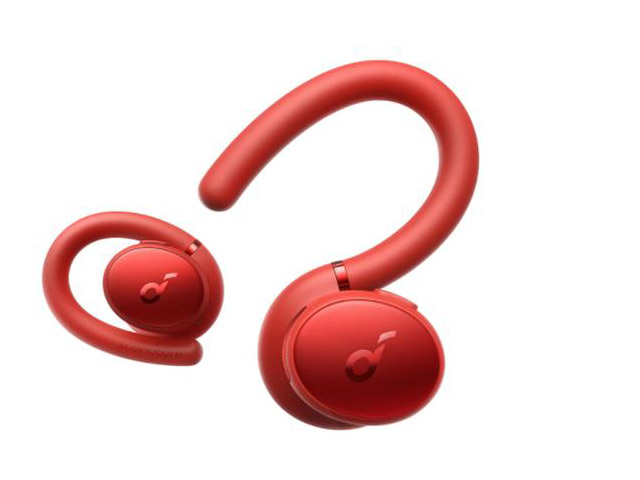While both the models feature a traditional headband and dual earcups for listening, the main difference between on ear headphones and over ear headphones lies in how they sit against your ears. In short, over ear headphones have larger earpads that wrap around your ear completely, while on ear headphones have smaller earpads that fit in your ears. However, most people struggle with how to choose between these two.
Therefore, to aid you in deciding, this article will guide you to what you need to know.
Before choosing the ideal set of headphones for you, keep in mind that on ear headphones and over-ear models have some significant distinctions while having a similar appearance.
Below, we make a clear comparison between the two headphones.
- On Ear vs. Over Ear Headphones: Which One Sounds Better?
When purchasing a set of Bluetooth headphones, sound quality is the most crucial thing to consider. The good news is that both over ear and on ear headphones provide pleasing sounds. Modern and energy-efficient Bluetooth processors that enable audio codecs are among the numerous components they have in common.
Over ear headphones have one auditory advantage over on ear headphones of encircling your ears, offering a more immersive listening experience. It, in my opinion, has enabled them to surpass competitors in terms of sound quality.
- On Ear vs. Over Ear Headphones: Which is More Comfortable?
The size and weight of on ear headphones and over ear headphones are two of their main variances. Good on ear headphones can accommodate a sizeable battery, microphones, drivers and ensure portability.
On ear headphones are frequently believed to hurt after extended use. However, this is just a myth. Over ear headphones may cause additional stress on your neck if you listen to music for a long time while driving or spend your entire journey looking down at your phone.
On ear headphones are guaranteed to fit. Yet, over-ear models might not, depending on the size of your ears, which is the other physical distinction between the two types of headphones.
- On Ear vs. Over Ear Headphones: How active Noise Cancellation works?
Ultimately, the support for ANC that the latter design offers is the key feature distinction between on-ear and over-ear headphones (Active Noise Cancellation). Passive noise cancellation, incorporated in both over-the-ear and on ear headphones, involves earpads to reduce surrounding noise.
However, the microphones on a pair of headphones are effective for active noise cancellation. They send frequencies opposite to those produced by undesirable noises into your ears while “listening” to the outside environment. It isn’t a firm rule because certain on ear headphones do offer ANC, but doing so, reduces some of their advantages over over-ear headphones in terms of portability and lightweight design.
- On ear vs. Over ear Headphones: Which One Has Better Battery Life?
Since over ear headphones are larger than on ear headphones, it is natural to think that they would have longer battery life. Over ear headphones also have larger batteries, yet functions like ANC use a lot of power.
On ear headphones often last longer in the end, unless you use over-ear headphones with active noise cancellation switched off, in which case they are neck and neck. On ear headphones should last 25 to 30 hours of gameplay, while over-ear headphones should last about 20 hours. It’s important to bear in mind that your listening volume will affect battery life.
If you find that your ears hurt after extended listening sessions, using ANC may enable you to listen to music at a lower volume, which is something to consider.
- On Ear vs. Over Ear Headphones: Which One is Better?
There is no wrong choice, but on ear headphones are a superior option if battery life and portability are important to you. Consider purchasing over-ear headphones if you like heavier headphones, active noise cancellation, and somewhat improved audio quality.
Conclusion:
Typically, the most comfortable type of headset is over-ear. Compared to on-ear models, they are less restrictive, typically well-padded, and comfortable to wear. Hopefully, The post should have given you more knowledge to help you decide what headphones to purchase.



